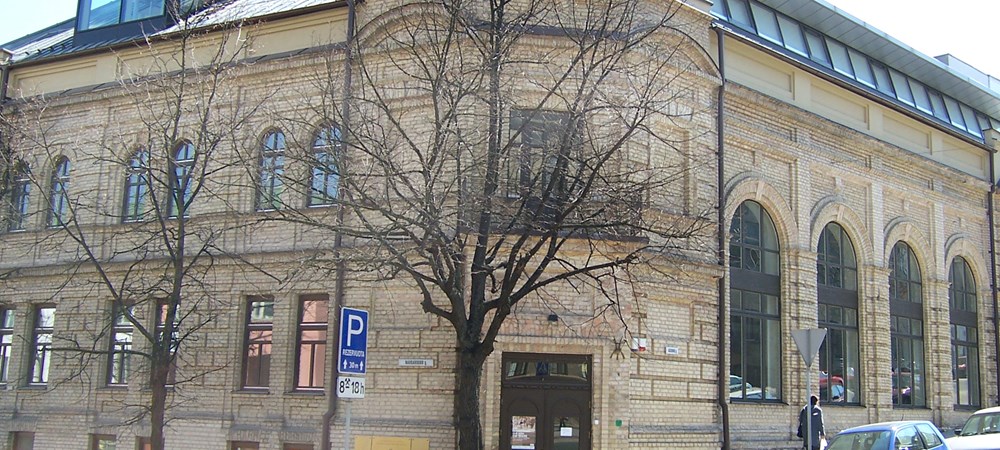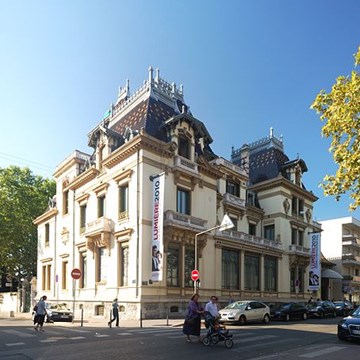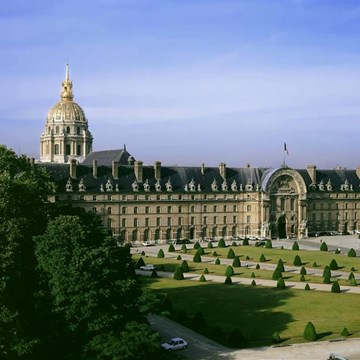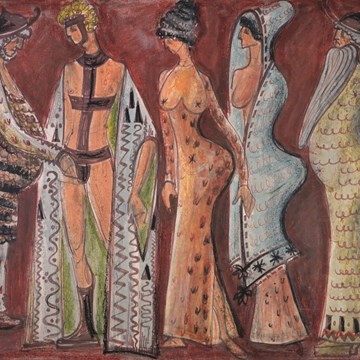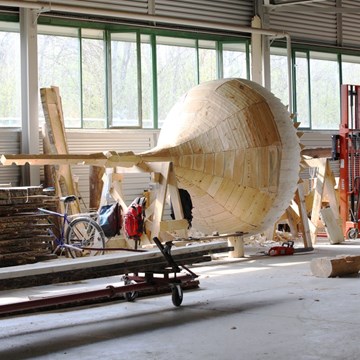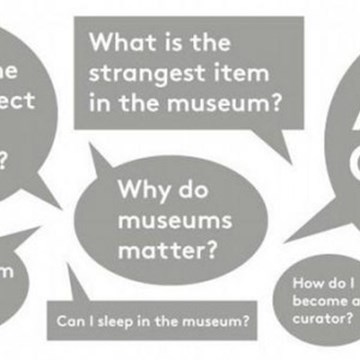The Vilna Gaon State Jewish Museum
Valstybinis Vilniaus Gaono Zydu Muziejus
The Vilna Gaon State Jewish Museum has 5 Expositional sites:
- Holocaust exhibit (The Green House), Pamėnkalnio St. 12, Vilnius, Lithuania
- Tolerance Center, (Judaica, History, Modern Art) Naugarduko St. 10/2, Vilnius, Lithuania
- Memorial Museum of Paneriai, Agrastų St. 15, Vilnius, Lithuania
- Jacques Lipchitz Memorial Museum, Šv. Jokūbo St. 17, Druskininkai (Closed for renovation), Lithuania
- Future Center of Litvak Culture and Art, Pylimo St. 4, Vilnius (Closed for renovation), Lithuania
The Tolerance Center, a section of the Vilna Gaon State Jewish Museum, seeks to spread the values of tolerance in society. The genocide against the Jews in WWII and the persecution and destruction of other ethnic minorities demonstrated the worst features of humanity: hate, apathy, violence and racial discrimination. Our goal is to contribute to making sure this tragedy doesn‘t repeat itself on different scales and in different ways in Lithuania and the world. Education is an effective way to foster tolerance in society, teaching historical truth, freedom of thought, human rights, the ideals of education and imparting understanding for other cultures and traditions.
A permanent exhibition on the heritage of Litvak art and culture, showing the talented potential of Lithuania brutally destroyed during the period of anti-Semitic genocide and Communist repression, is on display at the Tolerance Center. Temporary exhibits, thematic events and projects are aimed at program of recognition of cultures in an open society, spreading culture, the historical legacy and human rights.
The Tolerance Center follows the UNESCO declaration on the principles of tolerance of 1995, which states: “Tolerance is a value in consequence of which peace prevails and the culture of war is replaced by the culture of peace.” Our mission is to contribute to ideas to educate the public about the unique cultural, artistic and historical legacy and to inculcate respect for minority cultures, thus spreading tolerance.
The large central hall of the Tolerance Center is rented out for conferences, discussions, seminars, meetings, lectures and other educational and cultural events.
The Paneriai Memorial Museum was opened in 1960 at the mass murder site Paneriai (at that time it was a branch of the Vilnius Regional Museum). In 1985 a new museum building was built and the exhibition overhauled. The territory was also renovated under architect Jaunutis Makariūnas – the small roads were asphalted, the burial pits were renovated and commemorative stones with Russian and Lithuanian inscriptions were erected. On July 1991 the Jewish community together with Vilnius commitee in Israel erected the first memorial stone with inscriptions in Hebrew, Yiddish, Lithuanian and Russian. In 1991 the Paneriai Memorial Museum was transferred to the Vilna Gaon State Jewish Museum.
In 2009, for the 50 year anniversary of the museum, parts of its exhibition were renovated. The exhibition at the Paneriai Memorial Museum shows documents and reports issued by the Nazi occupiers, personal belongings of killed victims found in the area of the massacres, belongings of killed children found in the pits, sieve used to sift the ashes of burnt corpses for gold, a hook used to drag the corpses out of the pits, chains used on prisoners who burnt corpses; also the clothes of the escape leader Yuri Farber, archaeological objects found at Paneriai in 1964, 1973, 2004.
Exhibitions and events
We don't have anything to show you here.
Educational programs
We don't have anything to show you here.

